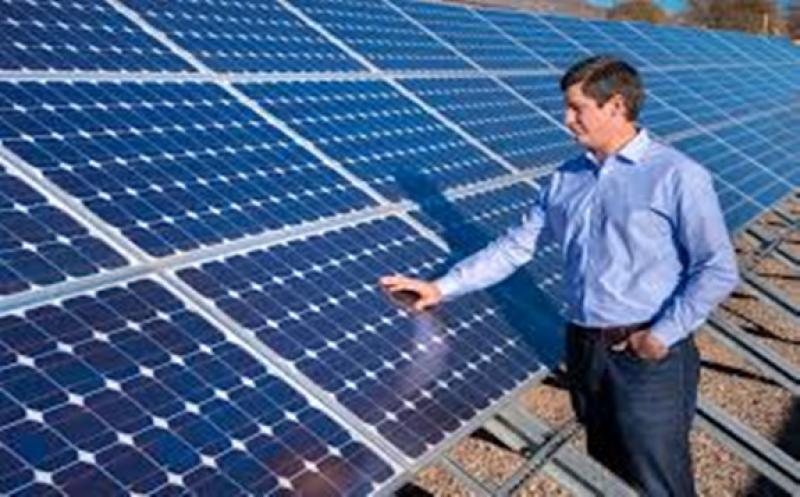The global solar industry has tremendously grown in the past decade.

The 2020s will be a decade with rapid solar module technology innovations that will lead to notable increases in module power class, better performance, and more versatile applications, according to Wood Mackenzie's latest Solar PV Module Technology Market Report 2020.
Improvement in module efficiency and power class will push the declining capex trend forward and lower the solar levelised cost of energy (LCOE), the research has found.
WoodMac has examined three technologies that can potentially improve solar module power class and performance: large wafer, n-type cells, and cell- and module-level techniques.
“We found that PV modules made of large wafers, such as the M6, M10, or G12 format, could reduce the capex of a utility-scale solar project by 3% to 9%,” said report author Dr Xiaojing Sun.
According to Sun, most of the major silicon module manufacturers have announced large module products, and many of them are on track to commercially produce large modules between Q4 2020 and Q4 2021.
Moreover, data show that the total module manufacturing capacity of M6, M10, and G12 wafer-based modules will reach 28GW, 63GW, and 59GW, respectively, by the end of 2021.
By 2025, the production capacity of modules using M10 and G12 wafers is forecasted to exceed 90GW, making them the dominant technologies by manufacturing capacity.
“It is important to point out that the market adoption of large modules is dependent on the co-evolution of balance-of-system components such as inverters and trackers to accommodate the higher current and the larger size,” added Sun.
N-type modules such as HIT and TOPCon, which can generate more power per panel due to higher cell efficiencies and have lower degradation rates, are also studied. These modules do not currently yield system capex and LCOE savings in utility-scale solar projects, unlike large modules.
Furthermore, n-type modules’ high product costs offset the system-level non-module cost savings.
“Our analysis shows that TOPCon and HIT modules will need a power class premium of at least 40W and 90W, respectively, or a 6% and 20% price cut in order to be competitive with mono PERC,” said Sun.
The global solar industry has grown in the past decade, as the demand rose YoY whilst costs lowered significantly—this fall will continue into the 2020s, though at a slower rate.